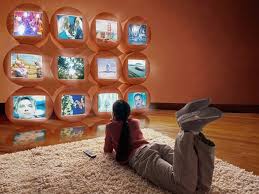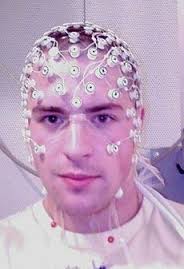I was an English teacher for many years in Italy, and every year I played a game with the students. In groups we had an hour to invent an incredible product, prepare publicity for it and act it out to the class.
I had a can of Happiness and the logo “Happiness, now available in cans”. Many of the inventions revolved around making your school life easier though, including the intelligent pen that could for example write the correct answers in the test or translate from one language to another.
Well girls from Liceo Secco Suardo your dreams have come true. You in fact saw the future. Roll out the Smartpen.
The Learnstift Smartpen checks your spelling as you write. Incredible but true. Learnstift is a German Start up, and they are about to release their incredible product in English and German. It has 2 functions, one to help you write better that recognizes the form and shape of individual letters, and one that checks the spelling.
The pen has a tiny Linux computer inside that runs off a battery. It is fitted with a non optical motion sensor and a vibrating mechanism, so it can recognize the word you have written and if it is spelt wrong it will vibrate so you can try again.
It has wi-fi so you can connect to your phone or other hardware, and with a launch price of between $150 to $200 it is cheaper that paying me to come round to correct your homework.
Joking apart the producers hope the pen will become a valuable learning tool and of particular interest to dyslexic children. Although initially only in German and English as the project takes off more languages will be introduced.
Any of you who have learned a new language will understand how such a tool could be used in language learning and business communication, and as the pen can be made in ball point, fountain and even pencil versions I think there might be a fuchsia for it.
What do you think?


